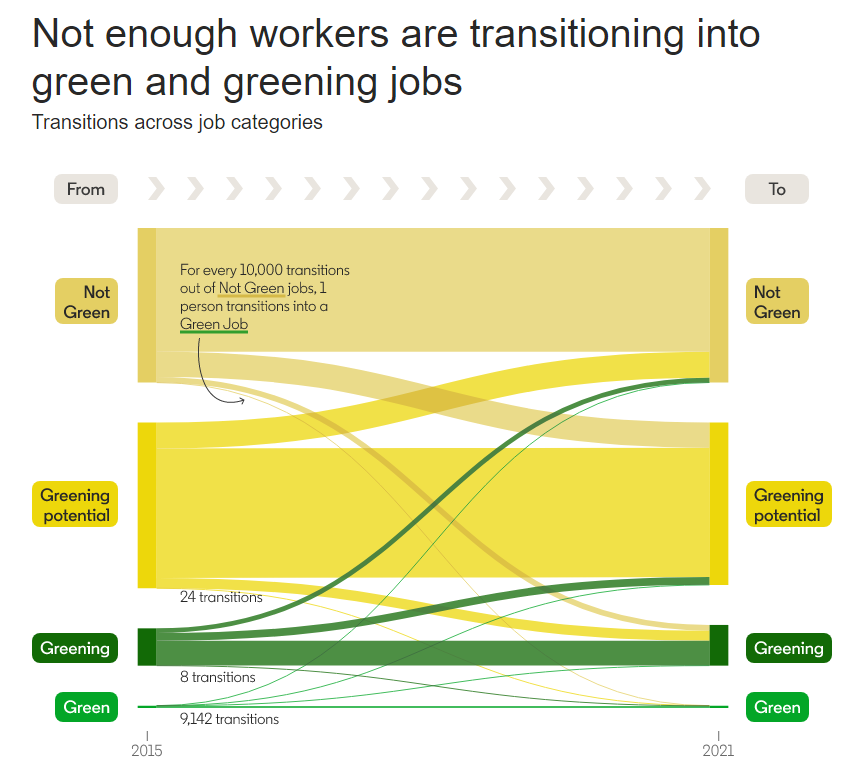The unemployment rate is a headline indicator, widely reported and used in policy debates. However, low
unemployment rates could mask reality and underestimate under_employment.
The unemployment rate shows the percentage of people in the labour force who (i) do not have a job, (ii)
are looking for one; and (iii) available to start a job. This is a set of questions, asked in a questionnaire of Labour Force Survey, the primary source of labour data nationally and globally. People, who have a job, are employed, so the unemployment rate doesn’t care about them. In a similar vein, people, who are outside of labour forces, assumed to lost connection with labour market, quit the job search and not ready to take a job. However, these assumptions could be wrong. People could work less hours than desired, be discouraged to continue job search.
Since 2013 ILO has been collecting and publishing data on underemployment, which includes three measures. One is the combined rate of time-related underemployment—persons in employment whose working time is insufficient in relation to alternative employment situations in which they are willing and available to engage—and unemployment (LU2). Another is the combined rate of unemployment and the potential labour force—persons who are not in employment, while express an interest in it, for whom existing conditions limit their active job search and/or their availability (LU3). The broadest composite rate of labour underutilization (LU4) includes all three categories, time-related underemployment, unemployment and the potential labour force.
Chart below shows these rates for countries in Europe and Central Asia. The picture varies by countries, however there are three common points here:
Underemployment rates are much higher than traditional unemployment rates. For instance, in cases of Kosovo*, Georgia, Armenia there is huge number of people out of labour force, who would like to work, but limited by circumstances. Contrary, in Montenegro, Azerbaijan, Albania, there is significant time-related underemployment.
These differences call for a systemic approach in tackling un_ and under_employment, taking into account local conditions. Lack of affordable transportation could be an obstacle in some urban areas, while lack of housing could be a limiting factor in other urban areas.
One form of labour underutilization is a skill-related inadequate employment, resulting from imbalances between skills offered by workers and those needed for jobs. We need a flexible and forward-looking approach to skills formation, which should combine traditional learning approaches with practical application during apprenticeship or internship.

Data from ILOSTAT https://ilostat.ilo.org/topics/unemployment-and-labour-underutilization/

